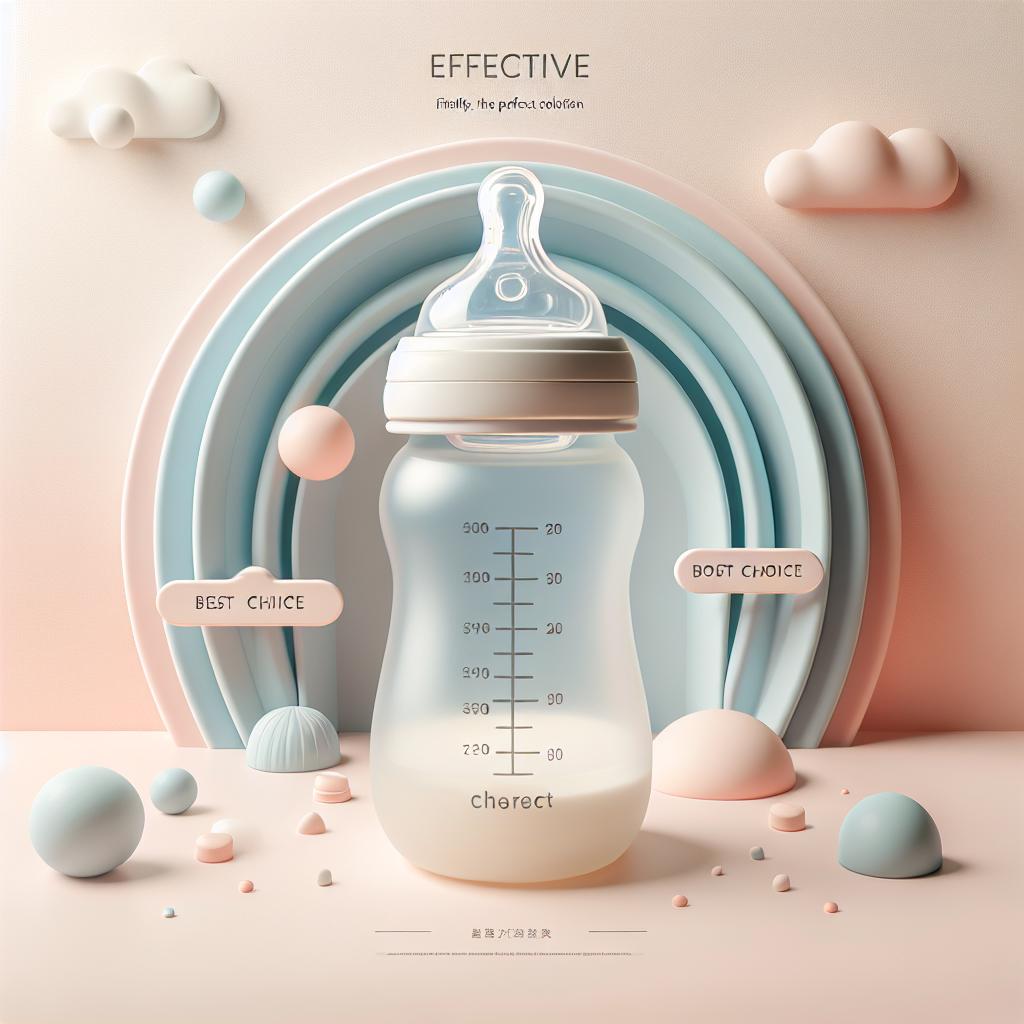Unlocking the Mystery of Baby Cues
For new parents, the unpredictable world of raising an infant can often feel like deciphering a strange language. Your adorable little one doesn’t come with an instruction manual, and their needs can often be difficult to interpret. One of the most important things you can do is to learn to understand the various baby cues they use to communicate with you. So, how can you begin unravelling this mystery? Let’s dive in.
The Importance of Understanding Your Baby
Before we delve deeper, it’s crucial to highlight the significance of understanding your baby’s cues. Without the power of speech, babies communicate their needs and feelings through non-verbal signals or cues. Interpreting these correctly allows you to respond effectively, making your infant feel secure and loved. It can significantly reduce their distress, strengthen your bond and result in a happier, healthier child.
Moreover, engaging with your baby at this level encourages their cognitive development, builds their trust in you and the world, and lays a solid foundation for their future communication and social skills. For more comprehensive insights into this, check the external resources provided by Raising Children and WCHC.
Types of Baby Cues and What They Mean
While each child is unique in their behaviour, there are common baby cues that are used universally. It’s essential to keep in mind that these are not set in stone. It’s all about observing your baby’s patterns and responding accordingly.
Here are some general cues you can look for:
- Hunger Cues: These might start as small lip movements, sticking the tongue out or sucking on their hands. If they’re not replied to, they can escalate to crying.
- Tiredness Cues: Watch for yawning, rubbing eyes, or fussiness. They might also lose interest in people and toys.
- Overstimulation Cues: If your baby turns their head away, cries, or arches their back, it might be a sign of overstimulation.
For an in-depth understanding of your baby’s cues, knowledgeable websites such as Texas WIC and Baby Centre provide thorough guides.
How To Respond To Your Baby’s Cues
Learning to pick up the cues is just half the battle. The next part is how you respond to them. If your baby is giving hunger signals, feeding them promptly can help set a healthy feeding pattern, and alleviate distress. For tips on these, refer to this practical guide.
If your baby shows signs of tiredness, it’s time to start calming activities and prepare them for sleep. Be aware that overstimulation can also lead to fussiness and crying. It might be time to retreat to a quieter environment, with fewer people or toys. For managing distress signals like teething, this helpful resource can provide you with some relief strategies.
However, understanding your baby isn’t limited to reacting to cues. It’s also about setting up a stimulating home environment that promotes their growth and wellbeing. For tips on how to achieve this, refer to this article.
Final Thoughts
Understanding baby cues and responding appropriately is an ongoing learning process. It requires patience, observation, and a lot of love. But rest assured, with time and practice, you’ll quickly become the expert on your baby’s communication cues. Remember that each child is unique, and what works for one might not work for another. The key is to stay attuned to your baby, and adapt as needed.
Happy Parenting!
Further Insight into Baby Cues
Biological anthropology studies shed light on some cues universally shown by babies across various cultures and regions. Humans, as a species, are born prematurely concerning other mammals suggesting that the initial months of an infant’s life should ideally be considered as an extension of the fetal period, often termed as “exterogestation”. During this period, the prime needs of babies are usually restricted to breastfeeding, sleeping, warmth, and protection, which are communicated through specific cues. This insightful Reddit conversation offers interesting discussions on the topic.
The Crucial Role of Timely Response
While understanding your baby cues is critical, another crucial aspect is the timeliness of your response. Often, delayed reactions to a cue can make it more challenging to calm a baby down, especially if it is related to hunger or sleep. For instance, an early cue for hunger could be lip smacking or putting their hands to their mouth. However, a late cue might be frantic movements or crying. Thus, responding to early cues can prevent unnecessary distress to your little one. Helpful resources for these can be found on sites such as NHS Start For Life.
Demystifying Complex Cues
As your child grows, the cues they show might become more complex and layered. For example, they might cry not only when they are hungry or tired, but also due to more complex emotions like anxiety or frustration. As a parent, it’s crucial to understand these intricate emotions and respond appropriately. Be patient, as these cues might take some time and experience to comprehend properly. The March of Dimes and this Cocoon Project guide elaborate more on these.
The Role of Caregivers and Environment
Beyond the biological parents, other caregivers, and even the environment, play an essential role in understanding and responding to baby cues. Family members, daycare workers, or babysitters have an equally significant part to play. More importantly, creating a nurturing environment that is sensitive to a baby’s cues is paramount. An unpredictable or chaotic environment might make it difficult for caregivers to accurately interpret and respond to a baby’s needs.
Remember! There are no ‘bad’ or ‘problem’ babies, only those trying to communicate. If a baby is regularly fussy or seems inconsolable, it’s never about deliberately giving you a hard time – they are likely having a hard time themselves. The world can be overwhelming for such small beings, and they depend entirely on you for safety, comfort, and love.
Your journey as a parent will be filled with trials, errors and a lot of surprises. But the more you understand your baby, the more fulfilling this journey would be. Every smile, every gurgle, every tiny fist clasped around your finger, makes it all worth it in the end. Enjoy this journey! And just like your baby, keep learning and growing.







